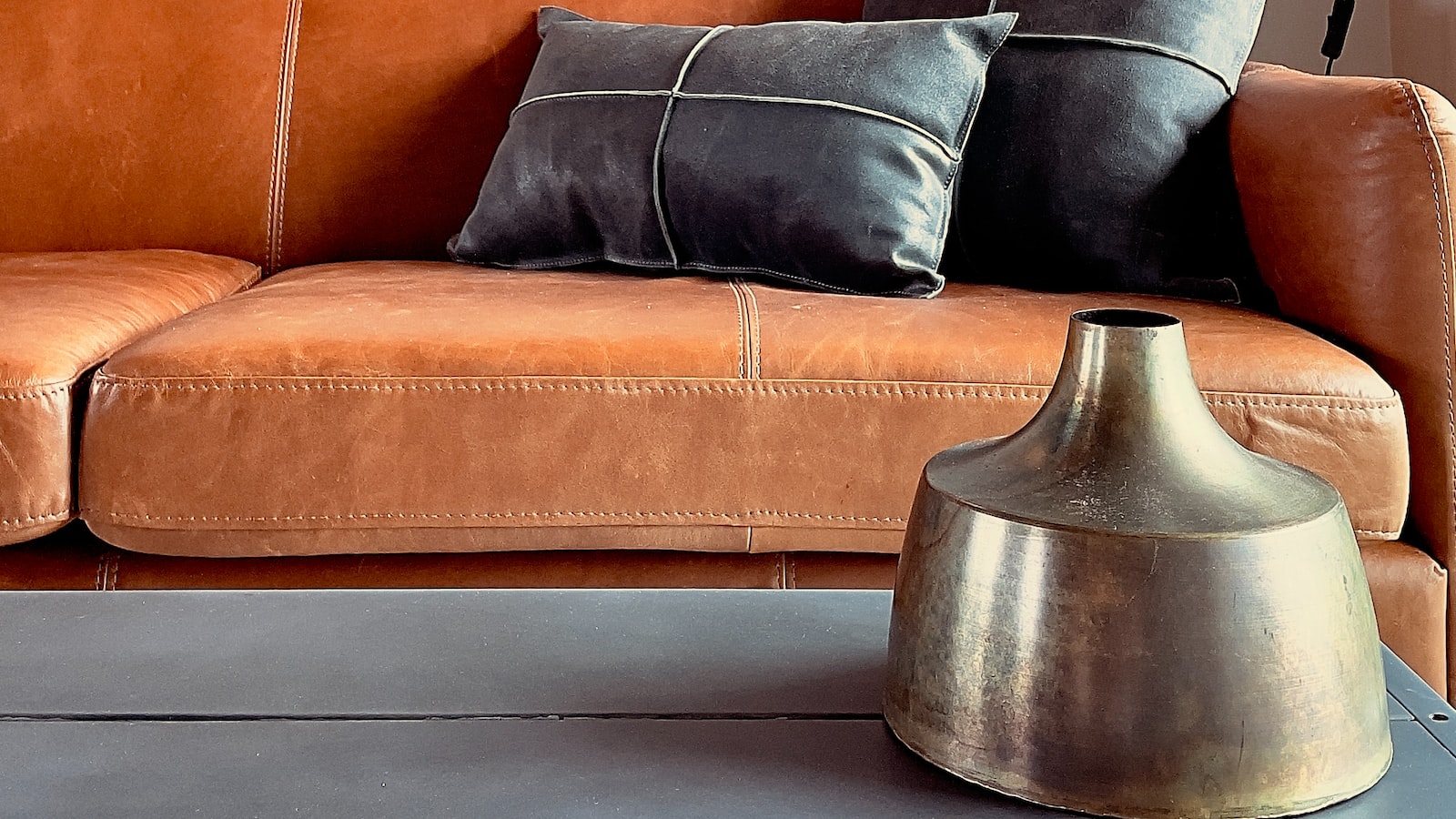Growing Peppers Indoors – Guidelines & Tips
Growing peppers indoors can be a fun and rewarding experience. Peppers come in a variety of colors, shapes, and sizes, and provide a unique flavor to many different dishes. Whether you’re an experienced gardener or a novice starting off, growing peppers indoors is a simple project that anyone can do. Here are a few guidelines and tips to help you get started.
Choosing planting containers
Choose a container that is big enough to accommodate the pepper plants and has drainage holes in the bottom. Make sure the container is made of a material that won’t leach toxins into the soil or water. Clay or plastic pots will work, but fabric planting bags are also a great option. If using a fabric planting bag, be sure that you can water from the top without leakage.
Choosing soil
For the best results, choose a soilless potting mix. This will help retain water and nutrients while allowing air to circulate, and provide the necessary drainage. If you’d like to forgo the soilless mix, you can mix together equal parts peat moss, compost, perlite/vermiculite, and potting soil. An added bonus of using this type of soil is that it’s often free of pH modifiers that some soilless mixes include.
Choosing the right location
Choose a spot that gets plenty of indirect light for maximum growth. Ideally, the spot should face south or southeast so that the plants get at least eight hours of sunlight a day during the growing season. Keep the plants away from windows or vents that could create too much heat or dry air. You can also keep your pepper plants on wheeled stands so they can be easily moved around to catch more light.
Adding fertilizer
Fertilize your peppers every two to three weeks when they are actively growing. Choose a fertilizer that is high in nitrogen, and add it to the soil according to the directions on the package. Avoid using a fertilizer that is too high in nitrogen, as this can cause leaf and stem damage.
Harvesting
Once the peppers are mature, you can harvest them. Wear gloves while harvesting to protect your skin from any spiciness. Be sure to cut the pepper close to the stem to minimize damage and maximize flavor.
Growing peppers indoors is easy and rewarding. With the right supplies, location, and a little bit of patience, you can have plenty of fresh peppers to enjoy all winter long.



